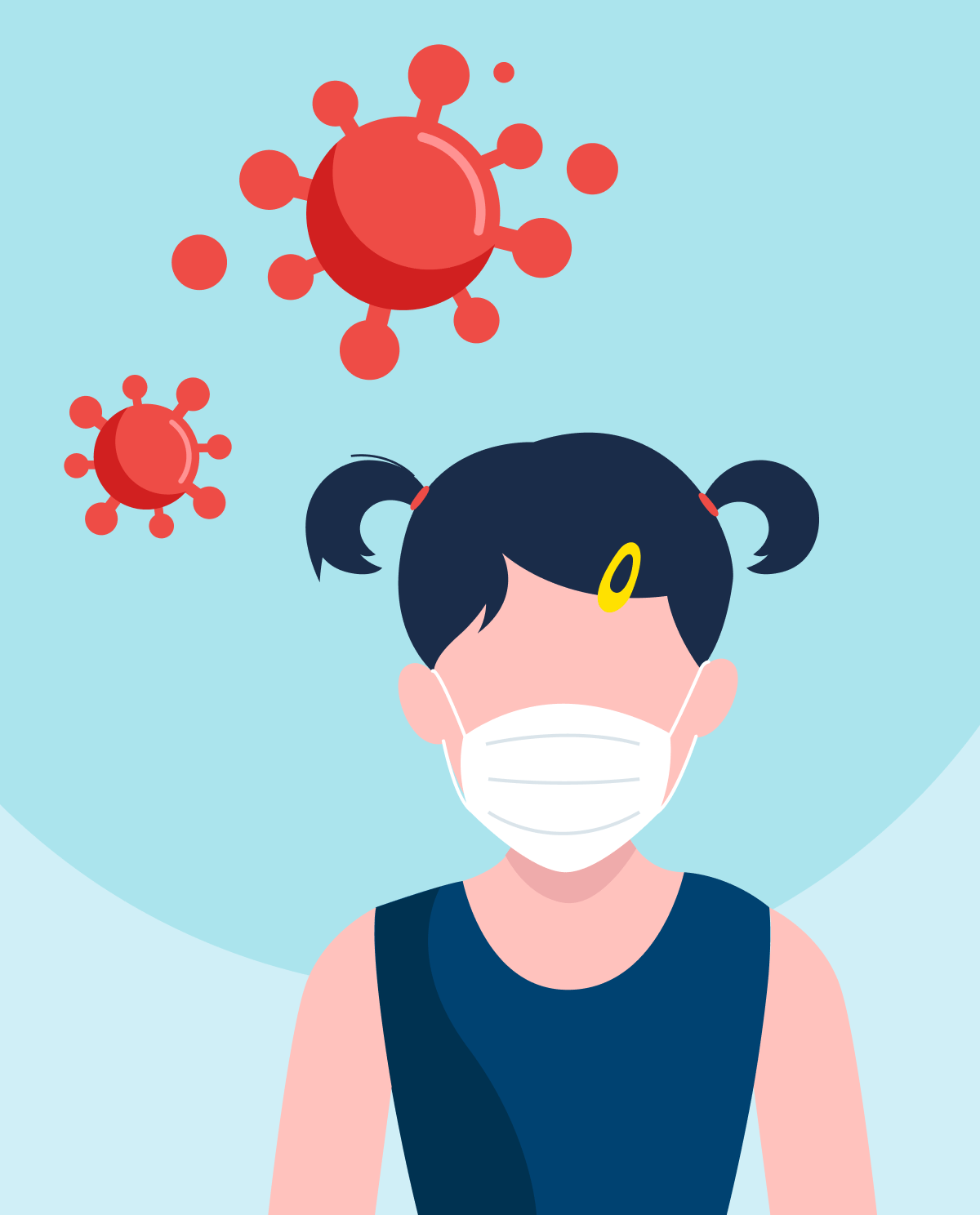Causes and risk factors associated with the flu
The influenza viruses are transmitted from person to person via respiratory droplets (airborne). Typically, a person becomes infectious one day before the symptoms appear and remain infectious up to 4 days after symptoms appear. Although people usually get yearly vaccinations, the influenza virus undergoes what we call “antigenic drift” thus enabling the virus to evolve resulting in a new strain. Several risk factors increase your risk of developing the flu and/or complications associated with the illness:
- Weakened immunity (HIV-positive, chemotherapy, receiving immune-suppressants).
- Life conditions (living and/or working with large groups of individuals).
- Age (statistics show that worst outcomes occur in children under the age of 2 and adults over the age of 65).
- Chronic diseases (lung-related illnesses, cardiovascular illnesses, diabetes and so on.).
- Obesity.
- Pregnancy.
Symptoms associated with the flu
- Fever / chills,
- Headache,
- Muscle ache,
- Fatigue,
- Dry cough, runny/stuffy nose, and sore throat,
- In some instances, gastrointestinal symptoms.
Complications associated with the flu
- Seizures,
- Cardiac complications,
- pneumonia,
- Difficulty breathing and/or ARDS (acute respiratory distress syndrome),
- Severe muscle ache,
- Worsening of chronic illness,
- Super infections (secondary bacterial infections),
- Death.
Diagnosis and treatment
- During the flu season, your primary care physician may not need to test for the virus. Diagnosis is mostly focused mostly on symptomatic presentation and physical examination. If your symptomatic presentation is getting worse and conservative treatments don’t seem to work, your primary healthcare physician might request a PCR. During these times, a concomitant COVID test will be required too.
- As stated earlier, in most cases, patients rely on hydration and conservative treatments until they recover from the flu. If a patient presents with severe symptoms, antiviral medication might be prescribed, the following include Zanamivir, Oseltamivir, Baloxavir, and Peramivir. These are used in order to shorten the illness period and protect against severe complications.








